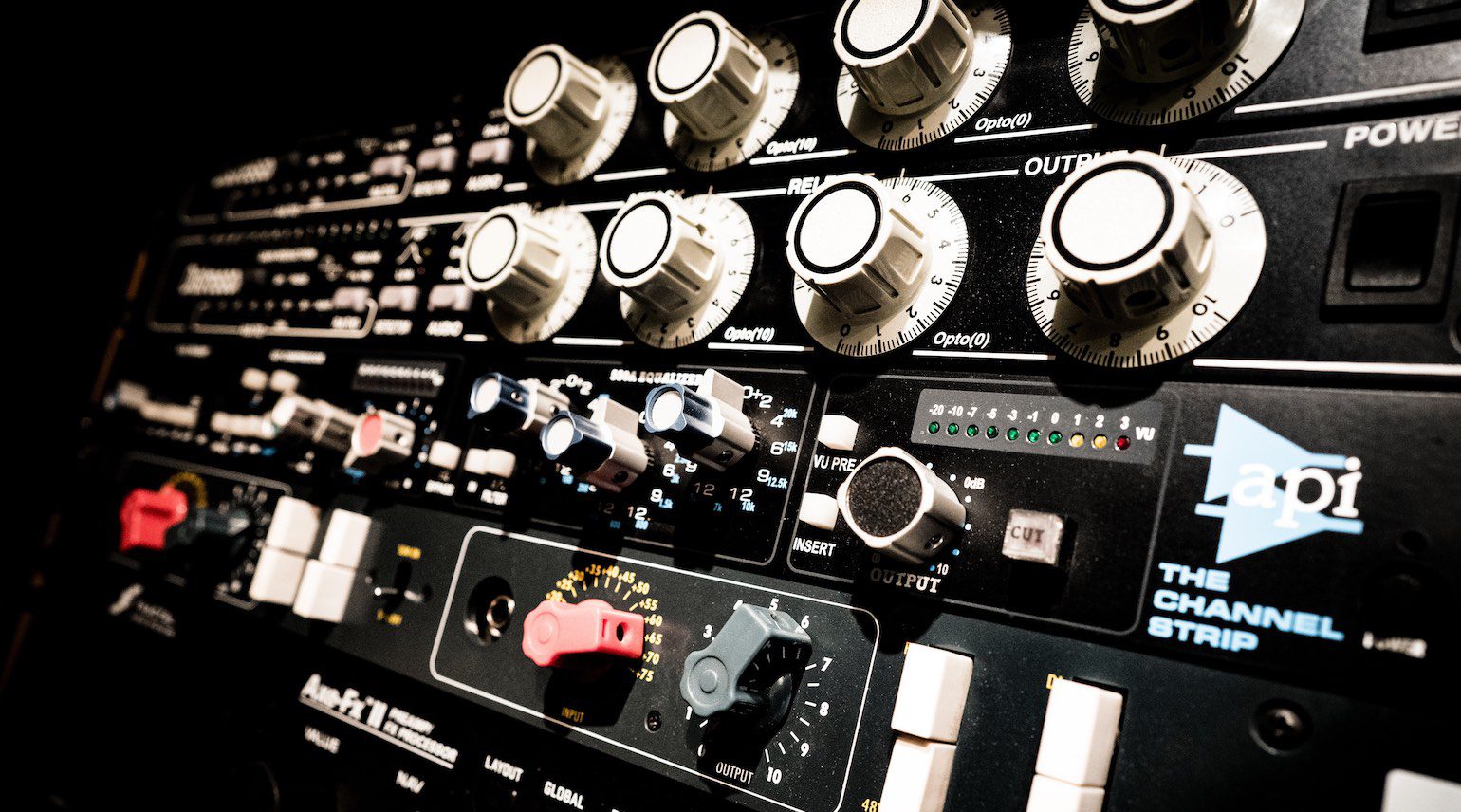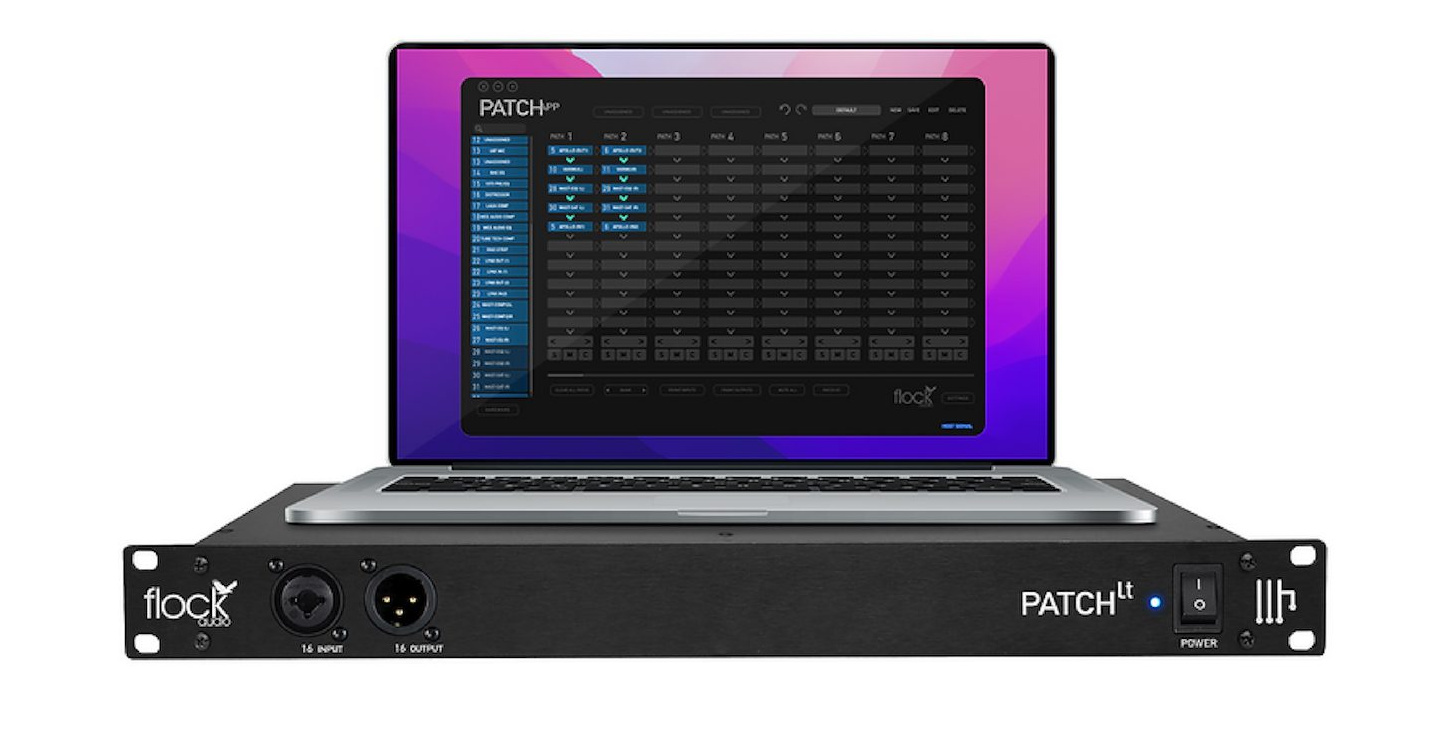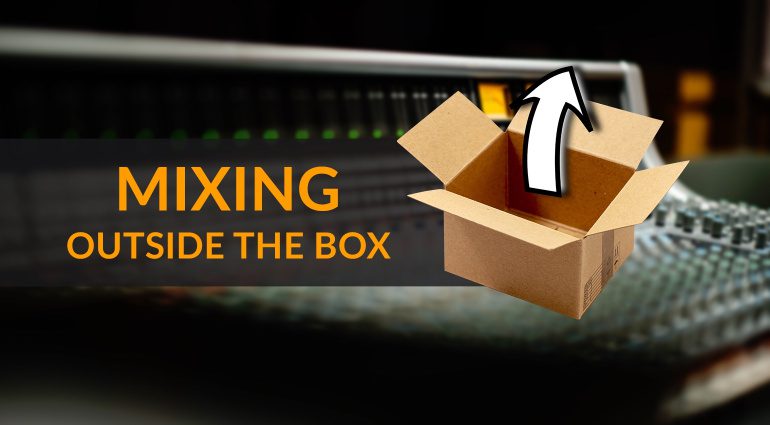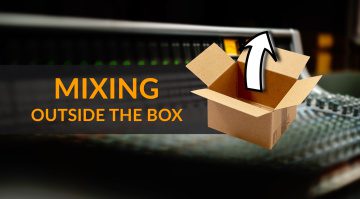Until we develop DAC chip brain implants, analogue signal path remains an unavoidable aspect of the audio workflow. Mixing outside the box is nonetheless a rather neglected side of audio discourse.
We seem happy celebrating the results in the form of some of our favourite records, but analogue mixing has all but disappeared from the music-making culture of today.
Hardware vs Software
While one could forever debate the sonic differences between digital and analogue, there is simply no argument about the comparative initial cost or convenience.
Hardware also has considerable spatial, energy, and maintenance requirements that make certain workflows inaccessible to many users. That being said, there are still viable methods of incorporating hardware into your DAW, regardless of your type of setup.
How to start Mixing Outside the Box
We’ve discussed the basics of hardware previously, so let’s look more closely now at specific areas where hardware signal processing can really have an impact.

Master Bus Processing
Rather than using your DAW’s software bounce function for export, analogue bus processing is done via real-time playback. Whether you do this with one or two separate converters, the key is that there is an analogue stage in the signal path.
Apart from using high-end conversion for printing your mix, you can add stereo bus processors into the chain that really enliven the sound. This can add a considerable amount of character before your track reaches the mastering stage.
As we’ve just mentioned, the quality of your converters is crucial here, and you can use a combination of compression, EQ, saturation, and even distortion to further expose nuances and add that sparkle of detail to your mix.
Hardware Inserts
Using hardware inserts is a popular and highly effective way of using your outboard gear inside your DAW. Whether you use guitar pedals, 500-series modules, or good old 19-inch rack gear, there is a wide range of processors available offering sonics you simply can’t get from software.

Here, a patchbay can speed up your workflow and provide a great deal of flexibility for your setup in terms of routing. In addition, a multichannel AD/DA converter will make your life easier, as you have enough I/O to have your hardware units permanently patched into your system for easy access in your DAW.
Summing
Analogue summing is a process that allows you to monitor and manage your project’s signal flow. Rather than the endless possibilities of a DAW, summing mixers provide a finite amount of channels.
If you haven’t used a console or summing system before, you might wonder why you’d want to add an additional stage to your signal flow. Surely that is more complicated? Well, yes and no.
You’d be surprised how much faster you mix when you know that each group of instruments has its own dedicated mono or stereo channel. Moreover, the ability to batch-process signals through hardware chains is extremely effective.
Hybrid mixing
Hybrid mixing is a loosely used term referring to a console system that uses a DAW as a “tape machine” as it were. With this much processing power and routing flexibility, however, comes a certain responsibility.

I’ve seen so many hybrid setups, where 90 percent of the work is done on Pro Tools with nothing more than a mouse. So the console remains running throughout sessions as some sort of elaborate and extremely expensive heater.
Regardless of all the added headaches, nothing beats the experience of managing your mix across multiple faders and carving sounds up with analogue EQ. Don’t knock it until you’ve tried it!
More about mixing:
Videos:
*Note: This article contains promotional links that help us fund our site. Don’t worry: the price for you always stays the same! We will receive a small commission if you buy something through these links. We appreciate your support!
Image Sources:
- A 19-inch rack fitted with tracking and mixing gear.: Adi Goldstein / Unsplash
- Flock Audio Patch LT: Flock Audio
- SSL’s Origin in-line console: SSL






